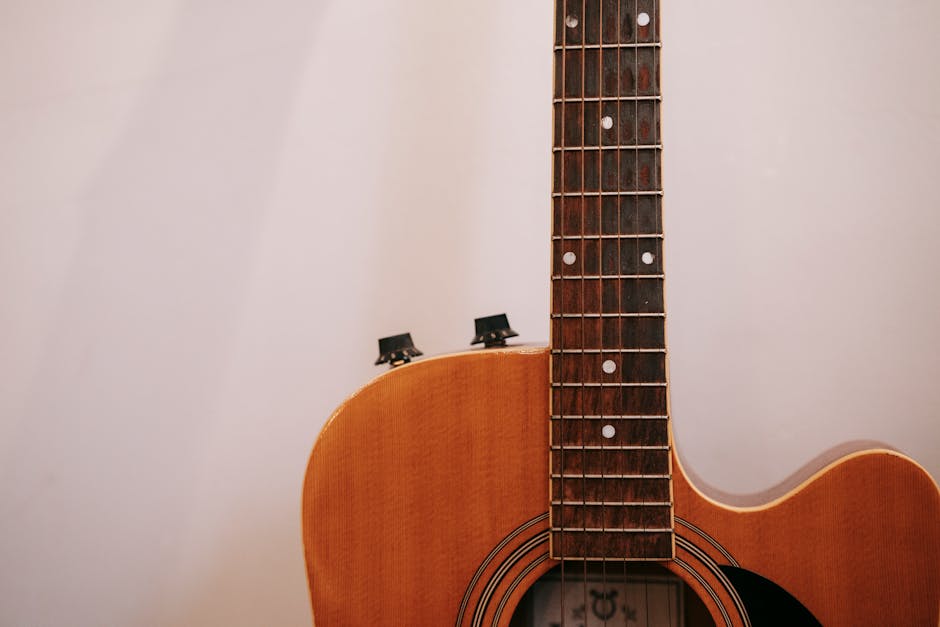
Traditional Folk Instruments
Traditional folk instruments are an integral part of cultural heritage across the globe. They serve as a gateway to understanding the unique music and traditions of different societies. In this blog post, we will take a journey through some fascinating traditional folk instruments from around the world.
Bodhrán: Originating from Ireland, the bodhrán is a type of frame drum. It is played with a wooden stick or a player's hand while the other hand adjusts the pitch by pressing the inner side of the drumhead. The bodhrán provides rhythmic accompaniment to Irish traditional music.
Didgeridoo: Native to Australia, the didgeridoo is a wind instrument traditionally made from eucalyptus tree branches. It is played by vibrating the lips and producing a continuous drone sound. The didgeridoo holds immense cultural significance for Aboriginal Australians.
Sitar: The sitar hails from India and is a stringed instrument with a long neck and a gourd resonating chamber. It is an integral part of classical Indian music and is played by plucking the strings with the index and middle fingers while using the thumbnail for additional sound modulation.
Pan Flute: The pan flute, also known as the panpipes, is found in various cultures around the world, including South America and Europe. It consists of multiple pipes of varying lengths, arranged side by side. Each pipe produces a different note, creating a beautiful melody when played together.
Bagpipes: Originating in Scotland, but now commonly associated with several cultures, bagpipes are a remarkable instrument. They consist of an airbag, inflated by the player's breath, connected to several pipes, including a melody pipe and drones. Bagpipes are often played at festive events and military ceremonies.
